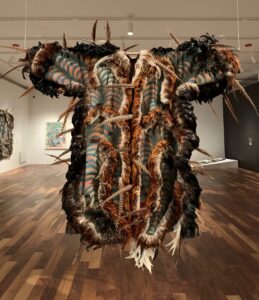Recent Grants
-
United South and Eastern Tribes, Inc.
Nashville, Tennessee, United States, Southeast Region- 2025
- Indigenous Knowledge
- $100,000
-
Thrive Armenia Foundation
Thornwood, New York, United States, Mideast Region- 2025
- STEM Convergence
- $95,000
-
The Urban Institute
Washington, District of Columbia, United States, Mideast Region- 2025
- Religion and Theology
- $25,000
-
Munson
Utica, New York, United States, Mideast Region- 2025
- American Art
- $75,000






